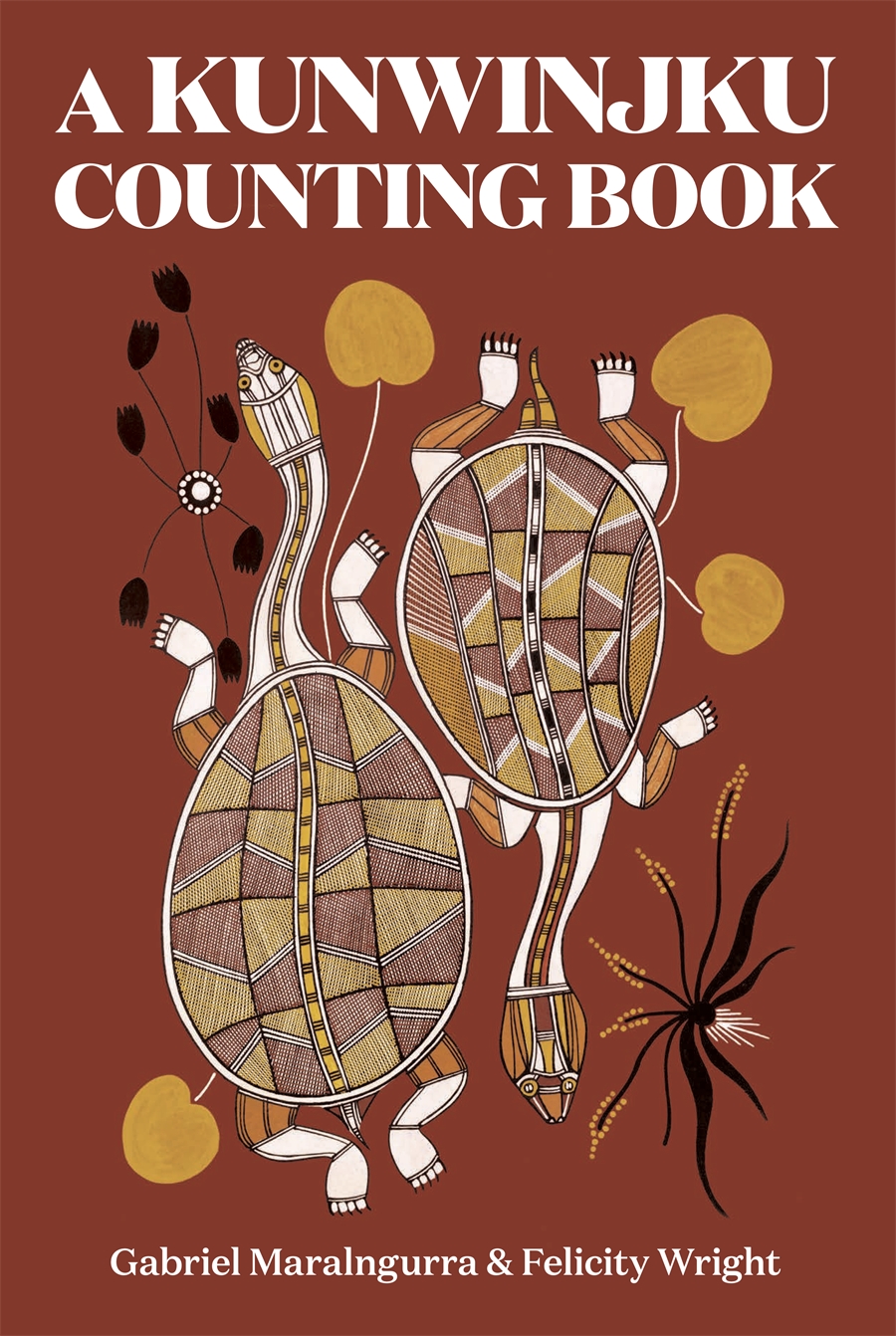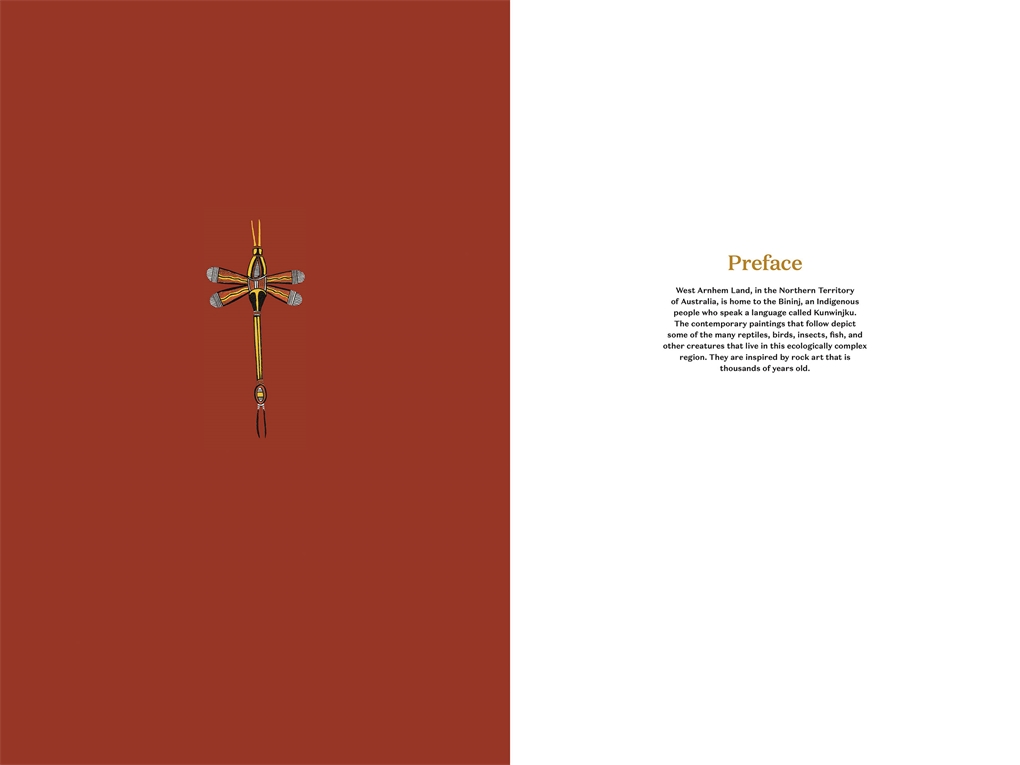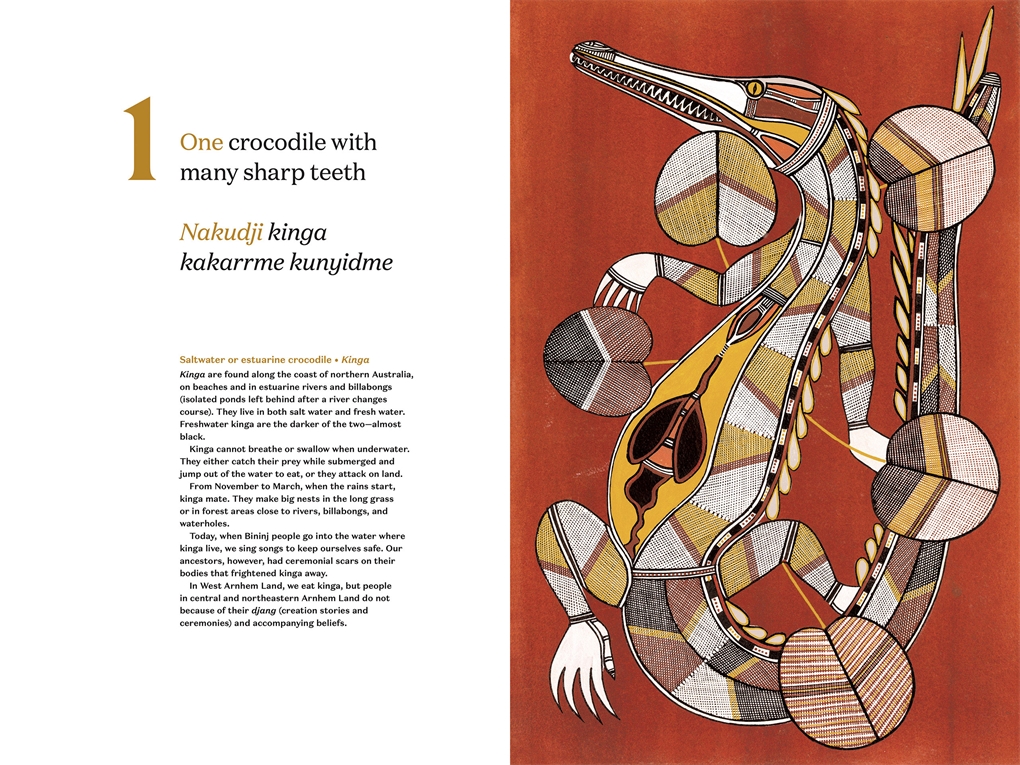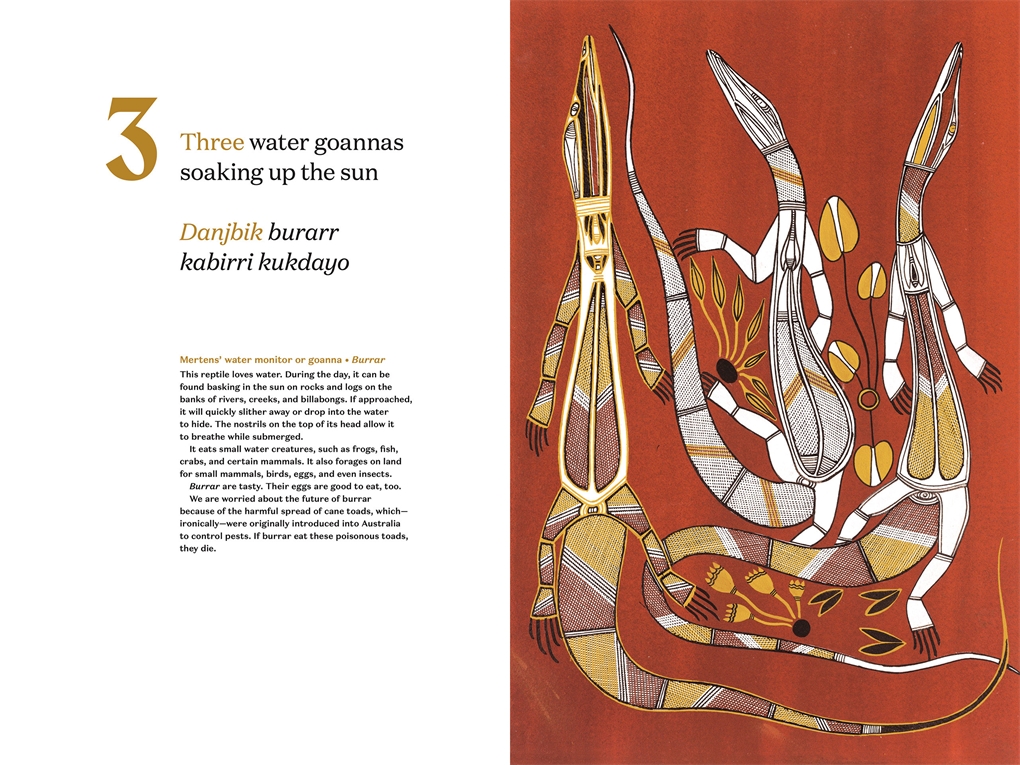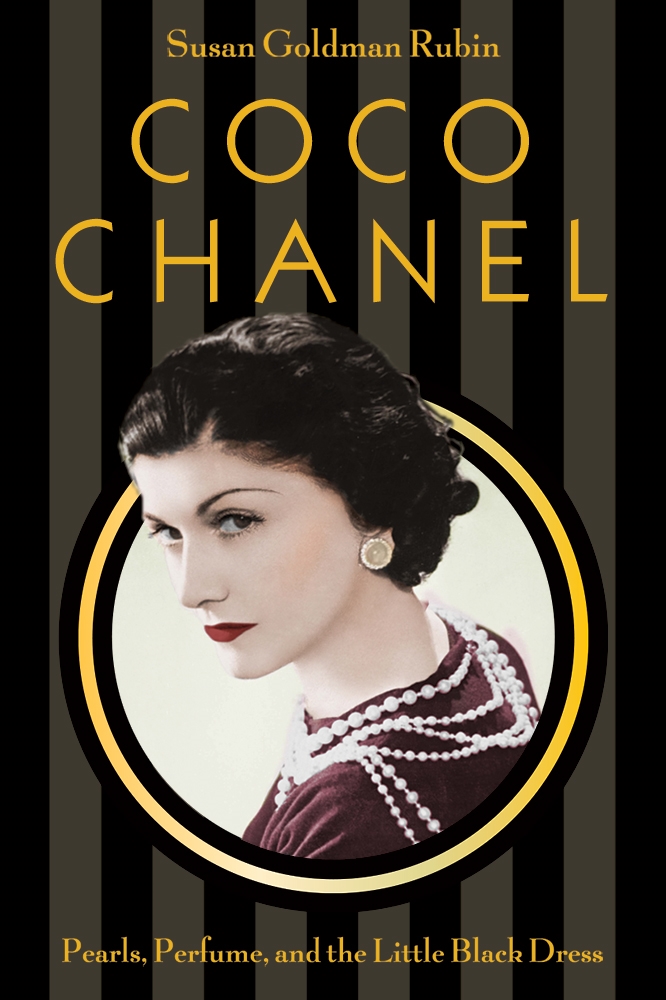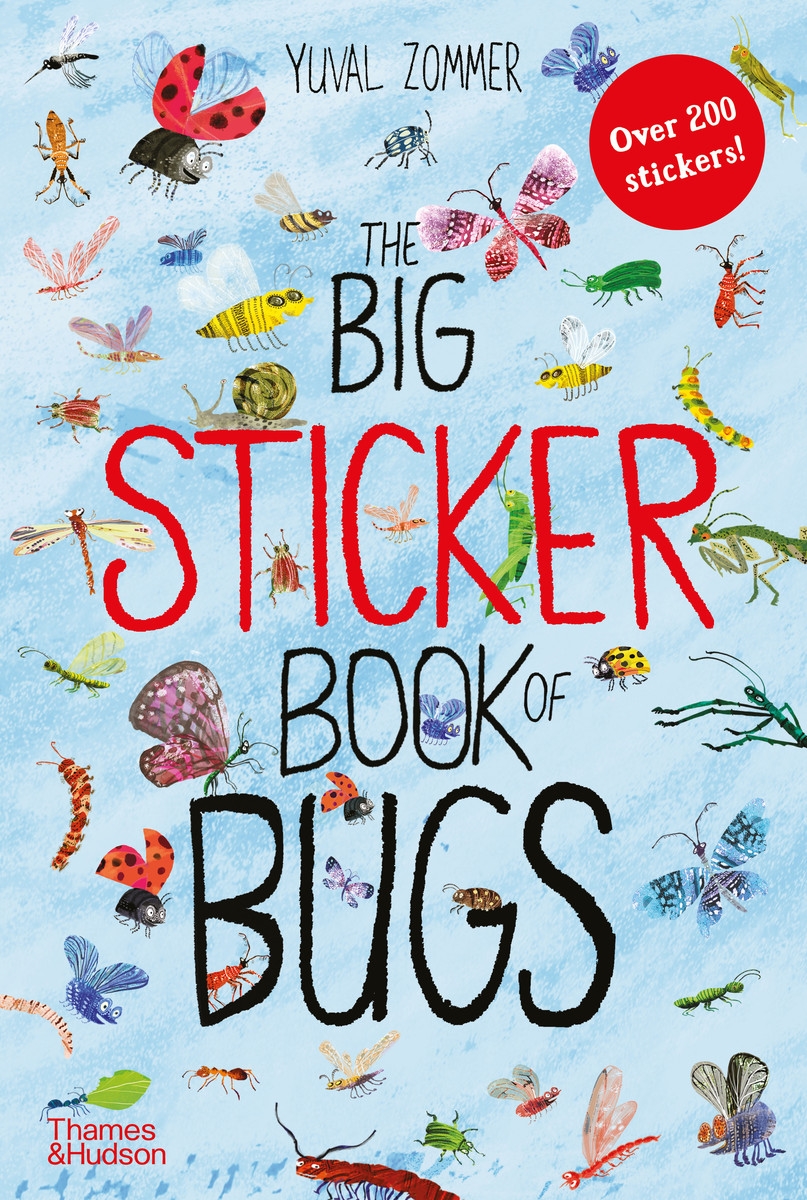Description
One crocodile with many sharp teeth, two snake-necked turtles swimming in a billabong, three water goannas soaking up the sun… Learn to count with the animals of Australia’s West Arnhem Land and the traditional art of indigenous Kunwinjku culture.
A Wall Street Journal Best Children’s Book of 2022
A Kirkus Best Nonfiction Picture Book of 2022
A Bank Street College of Education Best Children’s Book of 2023
A USBBY Outstanding International Book of 2023
A 2023 Bologna Ragazzi Award Amazing Bookshelf Selection
Selected for the Society of Illustrators 2022 Original Art Show
One, two, three. Nakudji, bokenh, danjbik. Accompanied by illustrations drawing on traditional Kunwinjku art, each of the twelve entries of this counting book showcases a different animal of West Arnhem Land, Australia. From crocodiles and echidnas to wallabies, children and adults alike will enjoy learning the Kunwinjku names for numbers and animals, as well as discovering more about these animals’ habitat and behavior, and what they mean to the indigenous Bininj.
Whether teaching you how dragonflies indicate the passing of the seasons or how to catch and cook barramundi, the fascinating Kunwinjku Counting Book offers insight into the complex ecology of West Arnhem Land and the vibrant traditions of Bininj culture. More than just a counting book, this is also a beautifully illustrated work of art, a tribute to the indigenous people of Australia, and a fascinating nature guide to Northern Territory ecology.
